Flour is one of the most essential elements in a bakers kitchen. There are very few recipes that don’t ask for one kind of flour or another, but what makes them different? Well, let me tell you a little bit about the different types of flour and how they differ.
There are many things to take into consideration when a recipe requests specific flour. This includes absorption and the ability to form gluten structures. Absorption refers to the amount of liquid that the flour takes up while being mixed into a dough. The elements that contribute to absorption include starch, protein, and pentosan gum (which you don’t need to worry about).
The protein content is the most important of the three. The higher the protein within the flour, the higher the absorption rate. Protein is also responsible for creating gluten structures in our baked goods.
Types of Flour:
- Bread Flour: This is strong flour that has between 11-13.5% protein, so it has a high absorption rate and forms strong gluten bonds, which makes it perfect for bread. Another name for this flour is strong flour.
- Cake and Pastry Flour: This is a weaker flour that has between 8-9% protein. The lower amount of protein means that it forms a weaker gluten structure, making it perfect for cakes, cookies, and other pastries.
- All-purpose Flour: This is typically what every household has sitting in their kitchens. The protein content ranges from 10-11%, making it slightly weaker than bread flour, so it works for a broader range of bakes.
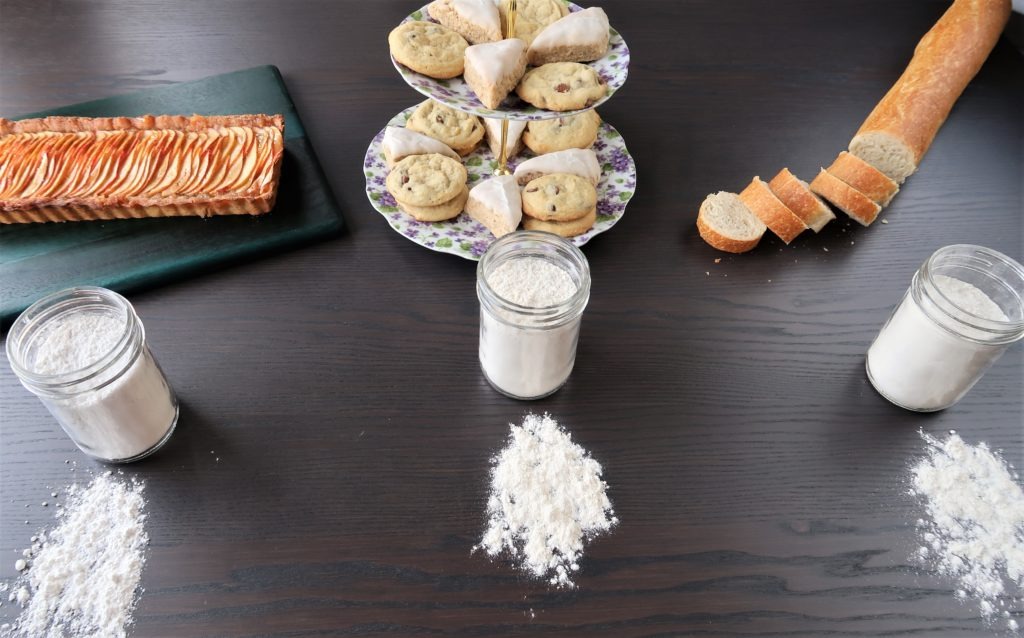
There are many different types of flour, like the gluten-free varieties and those made from almond and rice, but I just wanted to touch on the three main wheat flours. It is important to remember that if a recipe calls for a particular type of flour, then that is the flour you should use. It could cause the bake to fail since every type of flour has a different absorption rate and varying ability to form gluten structures. I have simplified the differences in the flours, but I hope it’s enough to help you with your bakes.
Good Luck and Happy Baking.
Other helpful posts:
Baking Basics: The Art of Substitution
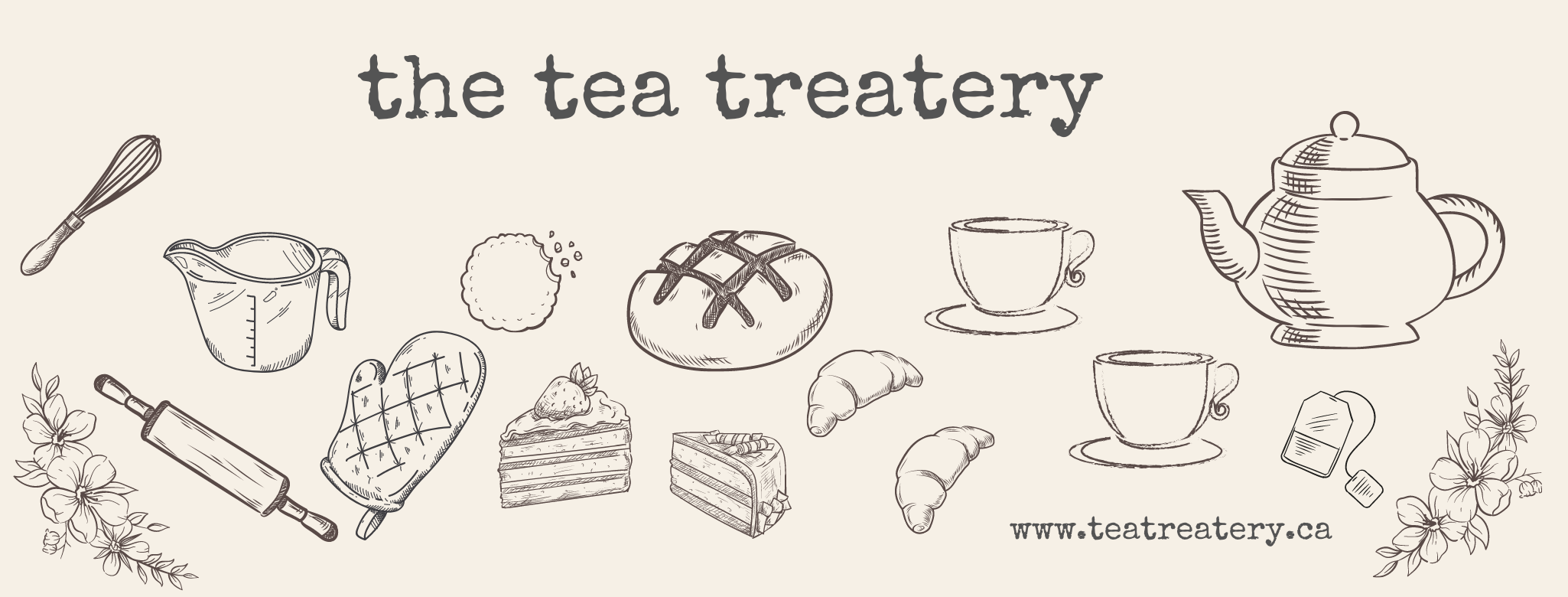
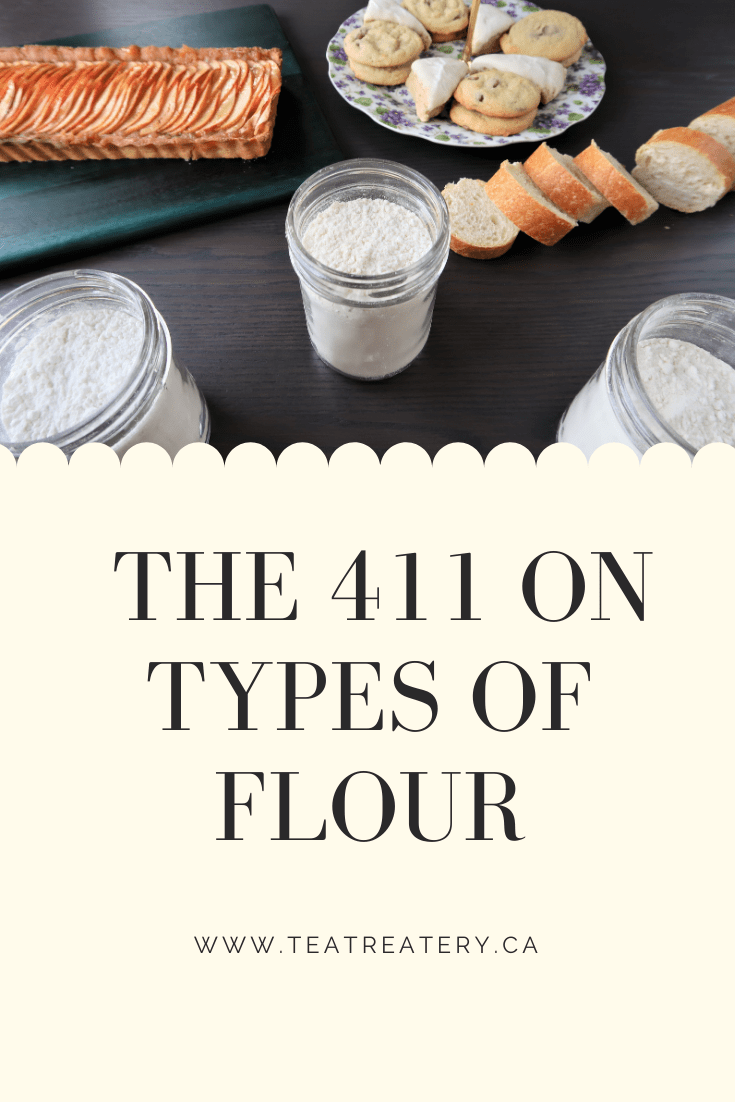
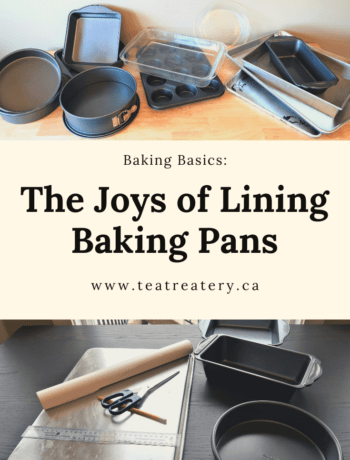
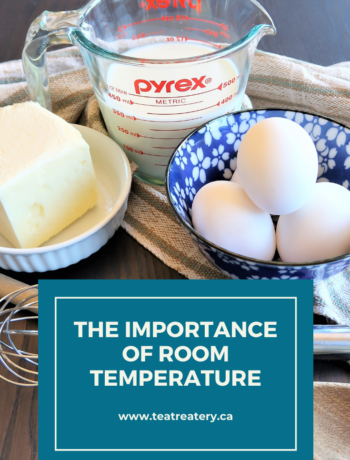
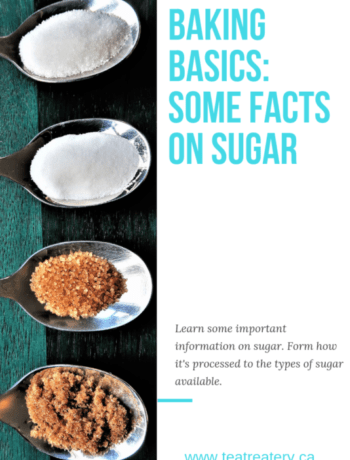
No Comments